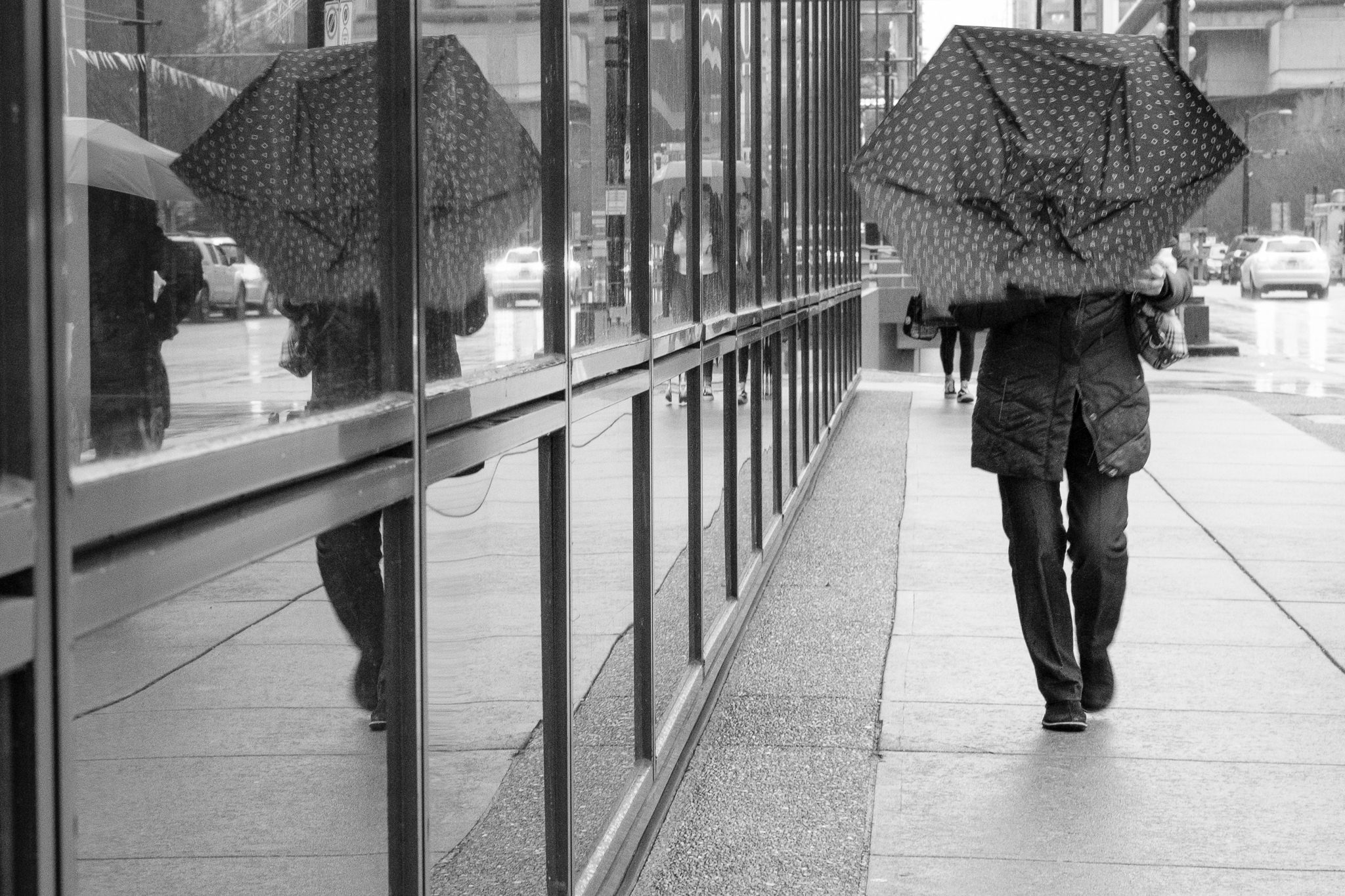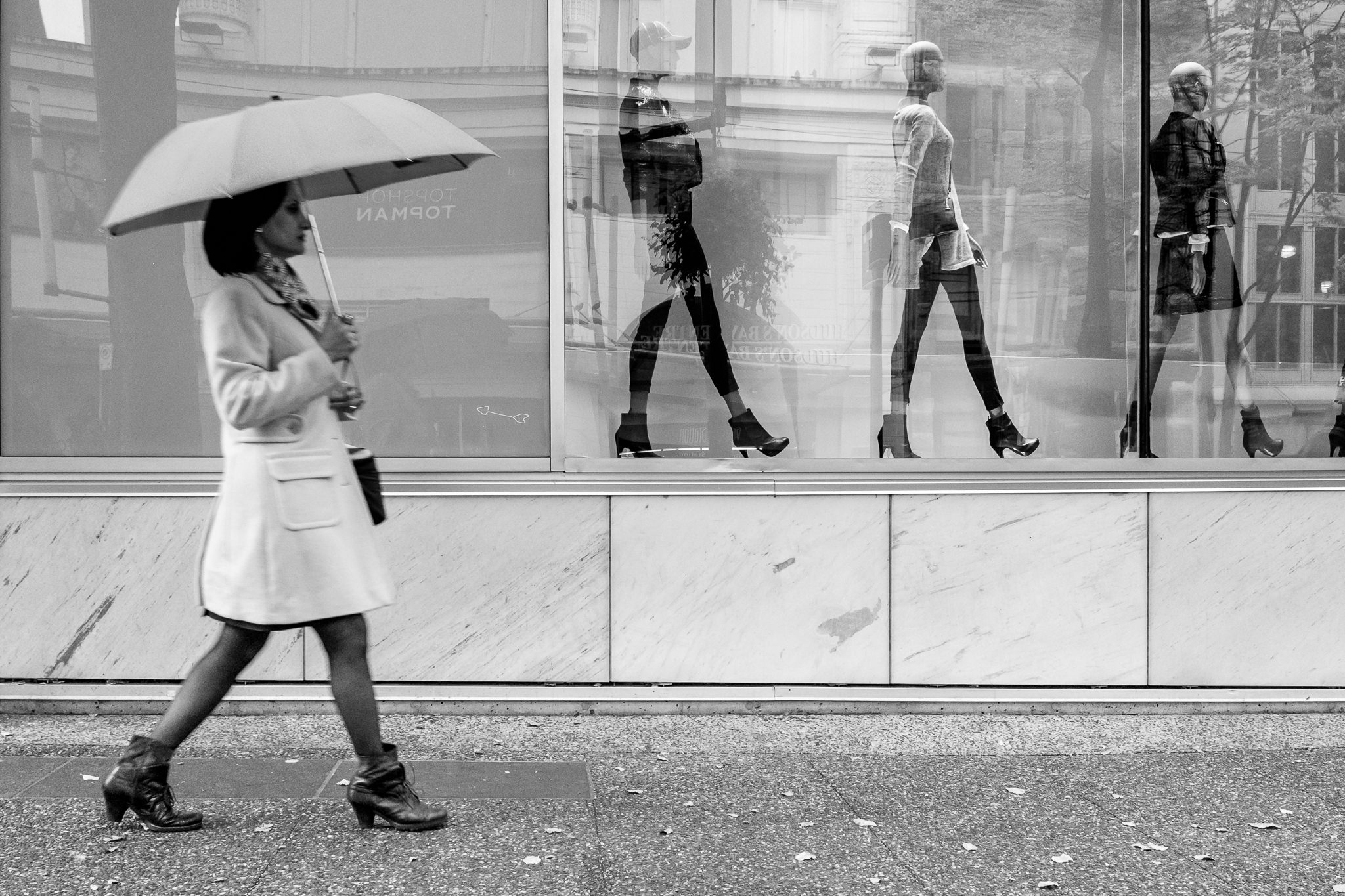Get This Report about Framing Streets
Get This Report about Framing Streets
Blog Article
Framing Streets for Dummies
Table of ContentsThe Only Guide to Framing StreetsThe Single Strategy To Use For Framing StreetsLittle Known Facts About Framing Streets.Framing Streets Fundamentals ExplainedGetting My Framing Streets To WorkThe Main Principles Of Framing Streets
Photography genre "Crufts Pet dog Show 1968" by Tony Ray-Jones Road photography (additionally often called honest digital photography) is photography carried out for art or inquiry that includes unmediated possibility encounters and arbitrary events within public areas, normally with the aim of capturing photos at a crucial or emotional moment by mindful framing and timing. 
, who was inspired to undertake a comparable documentation of New York City. As the city created, Atget aided to promote Parisian roads as a worthwhile subject for photography.

Getting The Framing Streets To Work
The principal Mass-Observationists were anthropologist Tom Harrisson in Bolton and poet Charles Madge in London, and their first record was created as guide "May the Twelfth: Mass-Observation Day-Surveys 1937 by over 2 hundred observers" [] Window cleaner at Kottbusser Tor, Berlin, by Elsa Thiemann c. 1946 The post-war French Humanist Institution photographers discovered their topics on the street or in the restaurant. In between 1946 and 1957 Le Groupe des XV annually displayed work of this kind. Andre Kertesz. Circus, Budapest, 19 May 1920 Road photography developed the significant material of 2 events at the Museum of Modern Art (Mo, MA) in New York curated by Edward Steichen, Five French Professional Photographers: Brassai; Cartier-Bresson, Doisneau, Ronis, Izis in 1951 to 1952, and Post-war European Digital Photography in 1953, which exported the principle of road digital photography globally.

All About Framing Streets
The recording equipment was 'a surprise camera', a 35 mm Contax concealed under his coat, that was 'strapped to the chest and attached to a long cord strung down the ideal sleeve'. His work had little contemporary effect as due to Evans' sensitivities concerning the creativity of his task investigate this site and the personal privacy of his topics, it was not released until 1966, in the book Lots of Are Called, with an introduction composed by James Agee in 1940.
Helen Levitt, after that a teacher of young kids, related to Evans in 193839. She documented the temporal chalk drawings - Street photography hashtags that were component of kids's road culture in New york city at the time, along with the children who made them. In July 1939, Mo, MA's brand-new digital photography section consisted of Levitt's job in its inaugural exhibitionRobert Frank's 1958 publication,, was significant; raw and usually out of emphasis, Frank's images questioned mainstream photography of the time, "challenged all the formal policies set by Henri Cartier-Bresson and Pedestrian Evans" and "contradicted the wholesome pictorialism and sincere photojournalism of American magazines like LIFE and Time".
Report this page